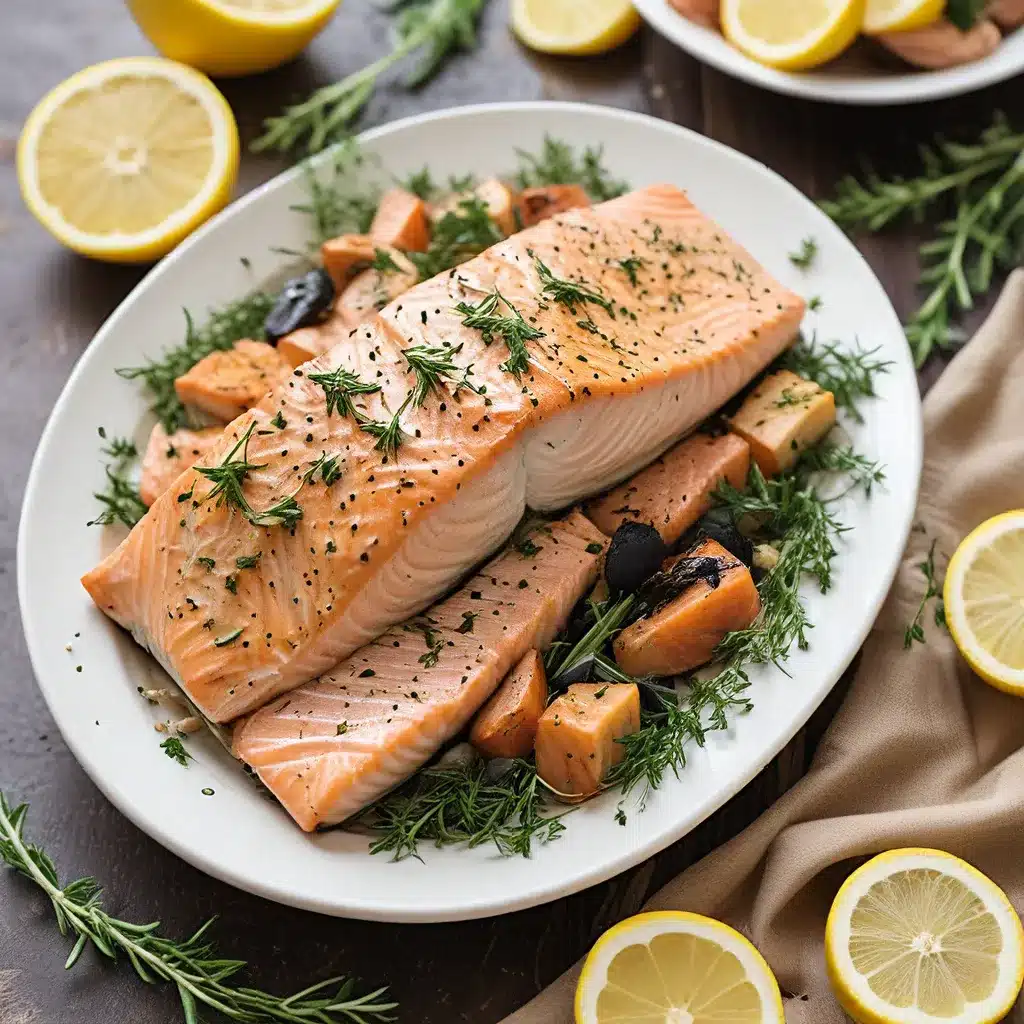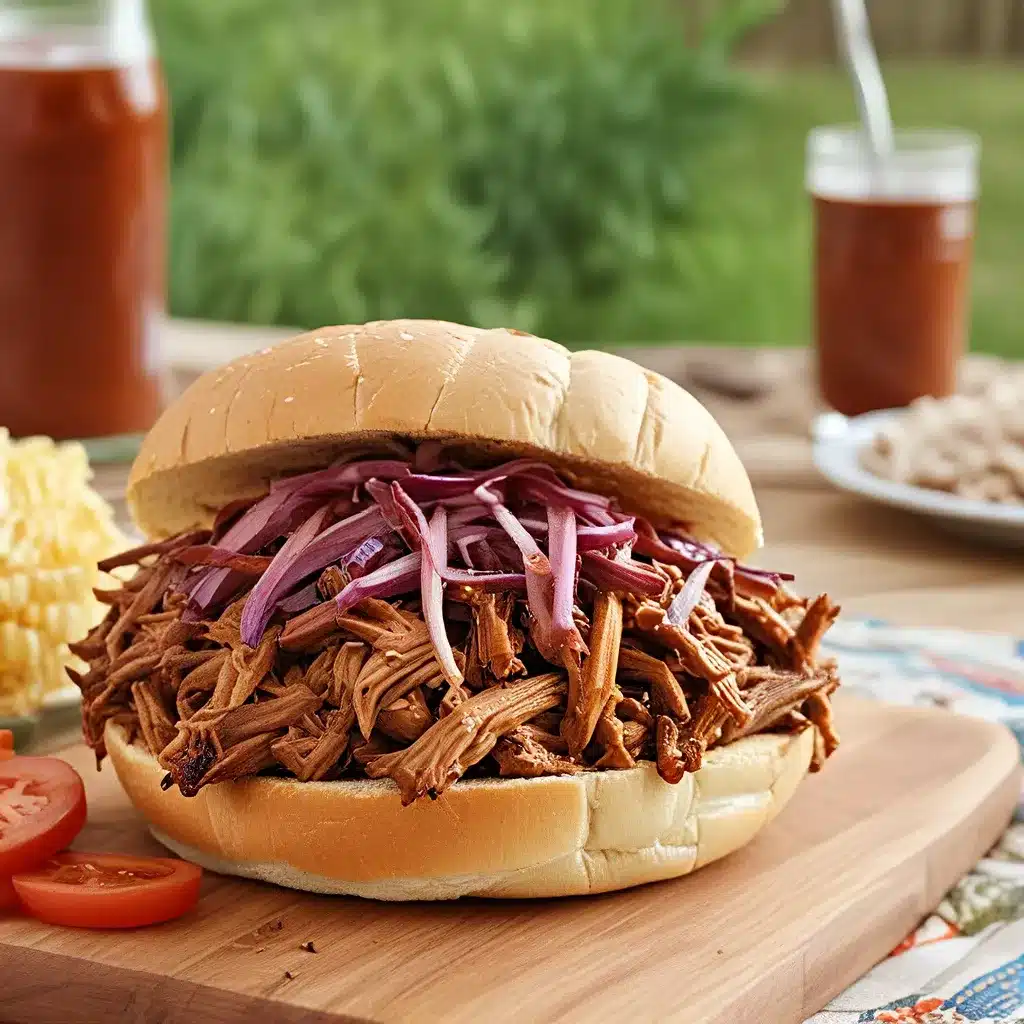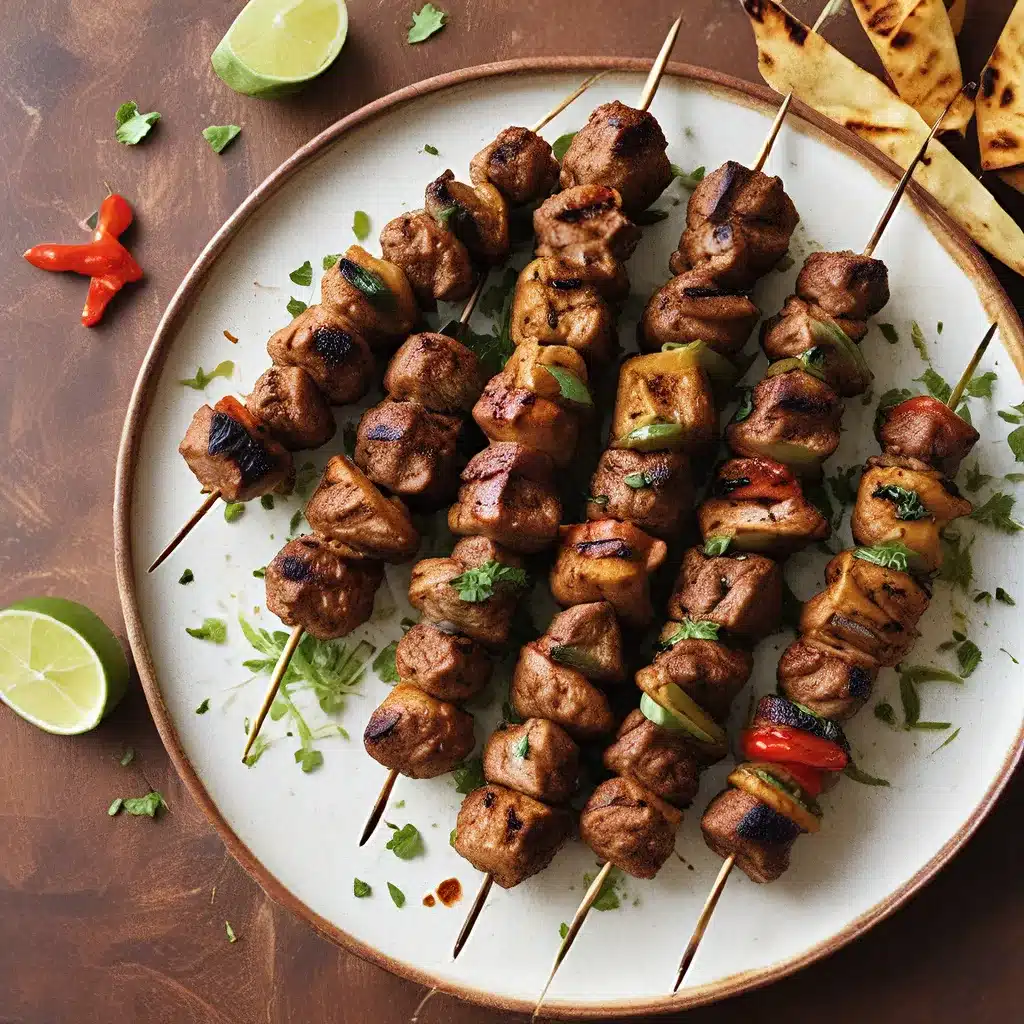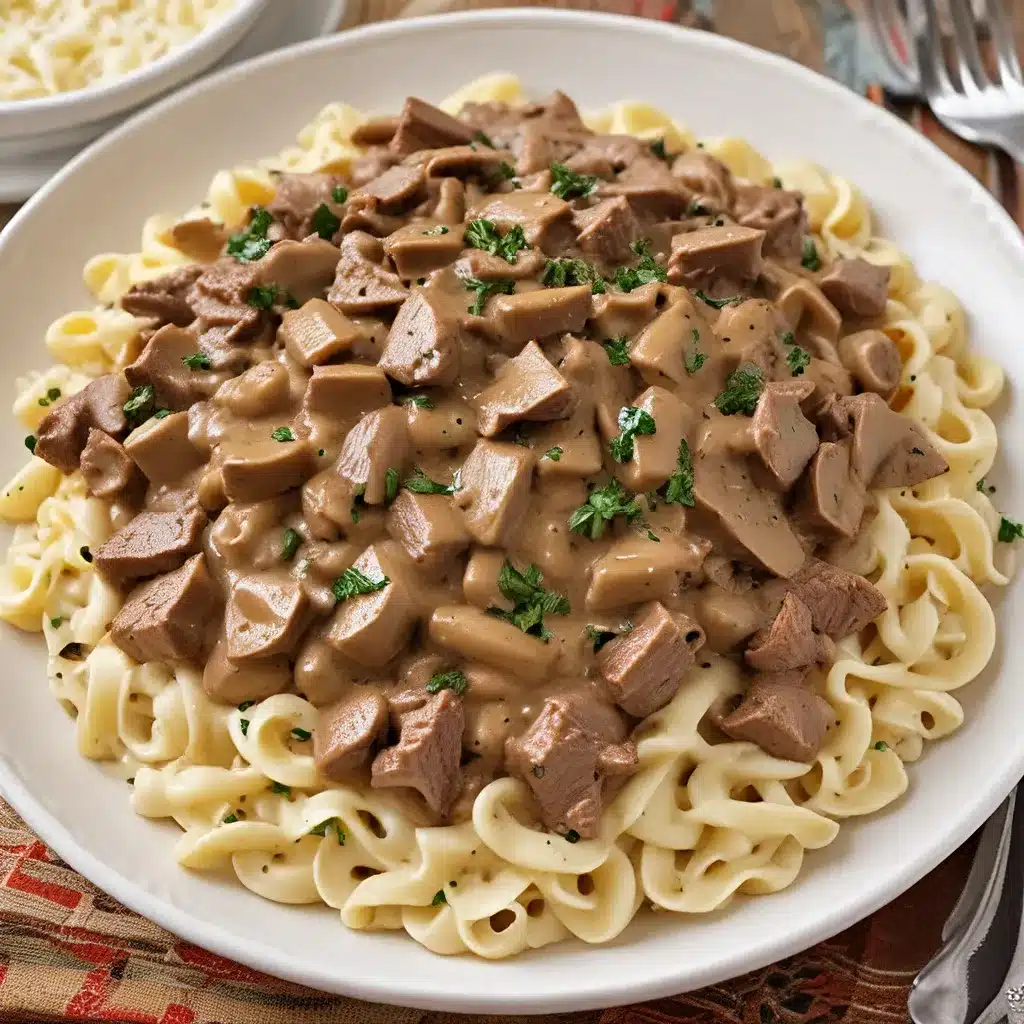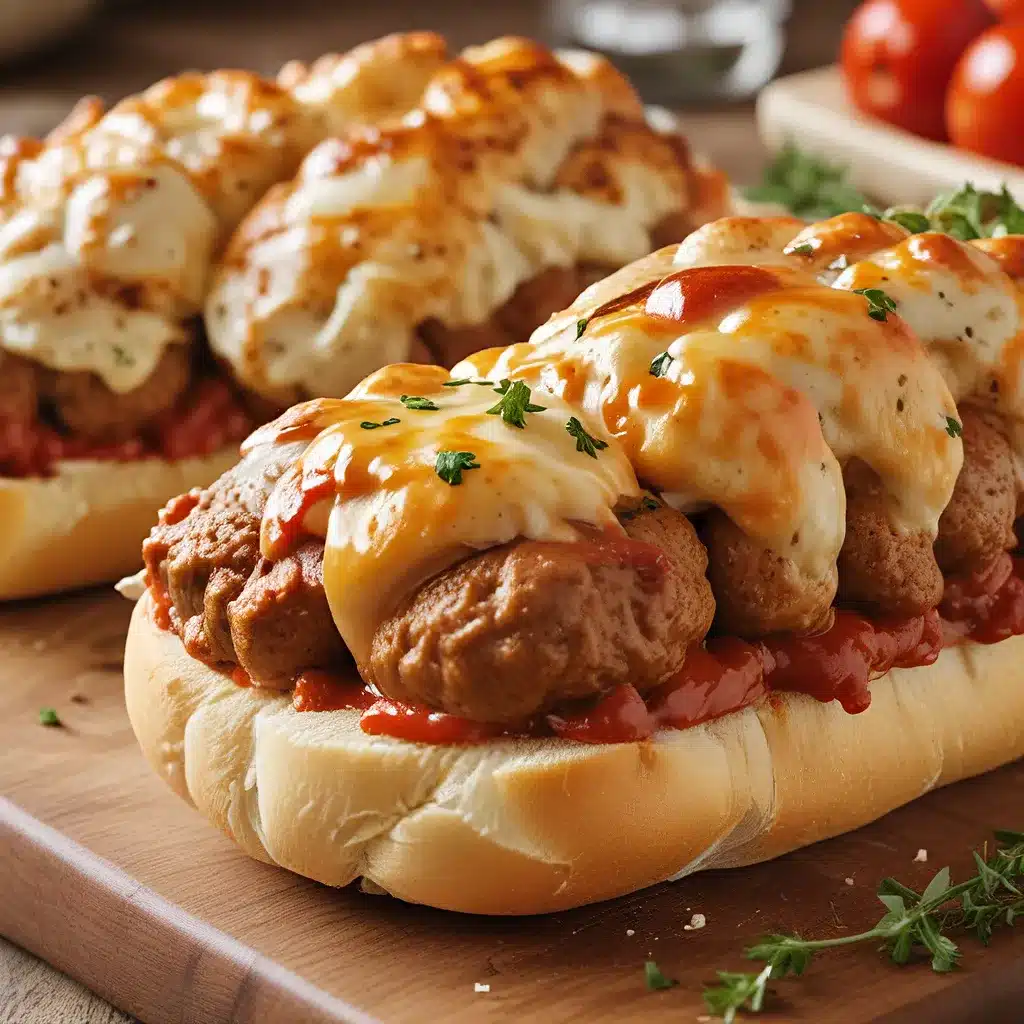
Secrets of the Muffin Pros
An ingenious solution for a paper muffin liner shortage: crafting DIY tulip muffin liners. This is your ticket to flawless muffins every time. Get ready to roll up your sleeves and discover the secrets that will have you baking like a pro in no time (remember: just stick to the recipe).
Alright, so picture this: I’m about to spill all my muffin-making secrets that’ll have your friends and family dubbing you a baking genius. But before we dive into that, let me share a little Saturday morning mishap from when I was in the middle of making a fabulous—if I do say so myself—brunch. I was all ready to fill the muffin cups with batter when I remembered that I’d used every last one of my cupcake paper liners. Now, heading to the store wasn’t on my agenda. And let me tell you, muffin batter is not the most patient companion. If you don’t hustle it into the oven right after stirring in those wet ingredients, it starts giving you the side-eye.
I wanted to kick myself because I’d planned to splurge and order these very nice Tulip Muffin Papers online, but at the last minute felt myself choking at the price: $29.95 plus tax and $9.95 shipping for 250 papers—about $.25 each. Seriously, who wants to spend as much on the liners as they do on the muffins themselves? So there I was, torn between splurging and sticking to my frugal guns. Let’s just say, hindsight’s 20/20, and in that moment, I was really kicking myself for not hitting that “order” button.
DIY Tulip Muffin Liners
I really do not like to bake muffins in a muffin pan without paper liners. The batter tends to flow onto the pan as the muffins rise, making them unsightly and difficult to remove. And then once removed to cool, their poor little bodies are all exposed, which makes them get all dried out and crusty well before their time. In that moment of frustration, a thought sparked: What if I could make my own tulip muffin liners?
Now, I have to admit, my photography skills leave much to be desired, but trust me on this: this trick works like a charm. Say goodbye to pricey cupcake paper liners in my kitchen! My DIY tulip papers are in a league of their own—they keep every bit of the muffin snugly contained within the cup. Not even the muffin top dares to make an escape. Plus, let’s not forget the aesthetics—they give off major quaint French bakery vibes.
Let me walk you through the magic of creating your own tulip muffin liners—it’s simpler than you think! Start with parchment paper cut into 6-inch squares for standard-size muffins. Fold each square diagonally twice to find the center, then mold them over a small can (or a juice glass in a pinch), gently pleating the paper to fit. Because parchment paper is sturdy, it holds this shape very well.
Now, the trick to filling these tulip liners without any messy mishaps is to take it slow. I’ve found that using a disposable cake decorating bag or a gallon-size zip lock bag works wonders. Simply pour your batter in and pipe it into the cups, just like you’re decorating a cake—trust me, it’s a game-changer. Once baked, these tulip papers make it a breeze to lift your muffins out of the pan. Just grab onto the “ears” and voila! Perfectly contained and ready to enjoy.
And for those who love a jumbo-sized treat, 7-inch squares of parchment do the trick beautifully. Oh, and did I mention the mini-muffin pan? Yes, I made adorable tiny tulip papers for it from 3 1/2-inch squares of parchment formed over an upside-down prescription bottle. Best part? Parchment paper costs about $.10 per sheet, and you can get 6 regular-size tulip muffin papers from just one sheet, costing you about 1 1/2 cents each. Talk about affordable elegance!
Baking Like a Pro
You see, baking and I, well, we’ve had our fair share of ups and downs. I love to bake, however, baking has not always liked me. There was a time when I thought we’d never see eye to eye. But then, I had a revelation—I needed to start playing by the rules. That meant measuring ingredients precisely, following directions to a T, and realizing that “folding in” isn’t code for “beating it to death,” “one cup of flour” doesn’t mean, “that looks about right,” and “butter softened,” does not mean “boiling like a witch’s cauldron.”
One day that I will not soon forget, I was reminded about how far I’ve come as a home baker when EC staffer, Max, could be heard throughout the office, “These blueberry muffins are insane!” Sure, he called them blueberry muffins, but I call them Einstein Muffins. That’s because every time I make them, I feel like a genius. And you can feel like a genius, too—provided you stick to the recipe exactly.
And, what muffin post would be complete without this fabulous Banana Muffin recipe? Whether enjoyed as a morning treat or an afternoon pick-me-up, these muffins are guaranteed to leave you craving for more. And remember, when it comes to nuts or no nuts, it’s an age-old debate. Some say nuts add the perfect crunch, while others, like my son Jeremy, firmly believe that muffins are best-enjoyed without. But hey, the choice is yours—just be prepared for some serious family discussions over breakfast!
Mastering the Art of Chili
Now, let’s shift gears and talk about another baking pro secret: the art of making a killer chili. According to the Beef Loving Texans, the key to a rich, beefy chili lies in a simple trick: baking soda. By briefly soaking the ground beef in a baking soda solution before cooking, you can unlock a deeper, more caramelized flavor and keep the meat tender and juicy.
The science behind this technique is pretty fascinating. Typically, when ground beef is cooked in a skillet, so much water and liquid is expelled that the beef crumbles end up steaming in their own juices, with very little actual browning taking place. But by raising the pH of the meat’s surface with the baking soda solution, the proteins are better able to attract and hold onto moisture during cooking. This speeds up the Maillard reaction, which is the chemical process behind all that delicious caramelization.
I tried this baking soda trick myself, and the difference was remarkable. The untreated ground beef immediately started sitting in a pool of liquid, and the final chili tasted a bit rubbery and bland. But the baking soda-treated beef browned beautifully, with a richer, more intense beefy flavor. And while there was still some liquid released, it was noticeably less than the control batch.
So, if you’re looking to take your chili game to the next level, be sure to give this super-secret ingredient a try. Just mix about 3/4 teaspoon of baking soda into 2 tablespoons of water for every 2 pounds of ground beef, let it sit for 15-20 minutes, then brown the meat as usual. Your taste buds (and your family) will thank you.
Baking Breakthroughs
Whether you’re a seasoned pro or a complete novice in the kitchen, I hope these baking tips and tricks have opened your eyes to a whole new world of possibilities. From crafting your own Instagram-worthy muffin liners to unlocking the secret to the perfect chili, the key is all about paying attention to the little details and not being afraid to experiment.
So, the next time you find yourself in a baking bind—like running out of those pesky paper liners—don’t panic. Take a deep breath, channel your inner culinary genius, and get creative. Who knows, you might just discover your new signature baking move.
And remember, the Home Cooking Rocks team is always here to support you on your baking journey. Whether you need a foolproof recipe, a time-saving hack, or just a little bit of encouragement, we’ve got your back. Now go forth and bake like a pro!

